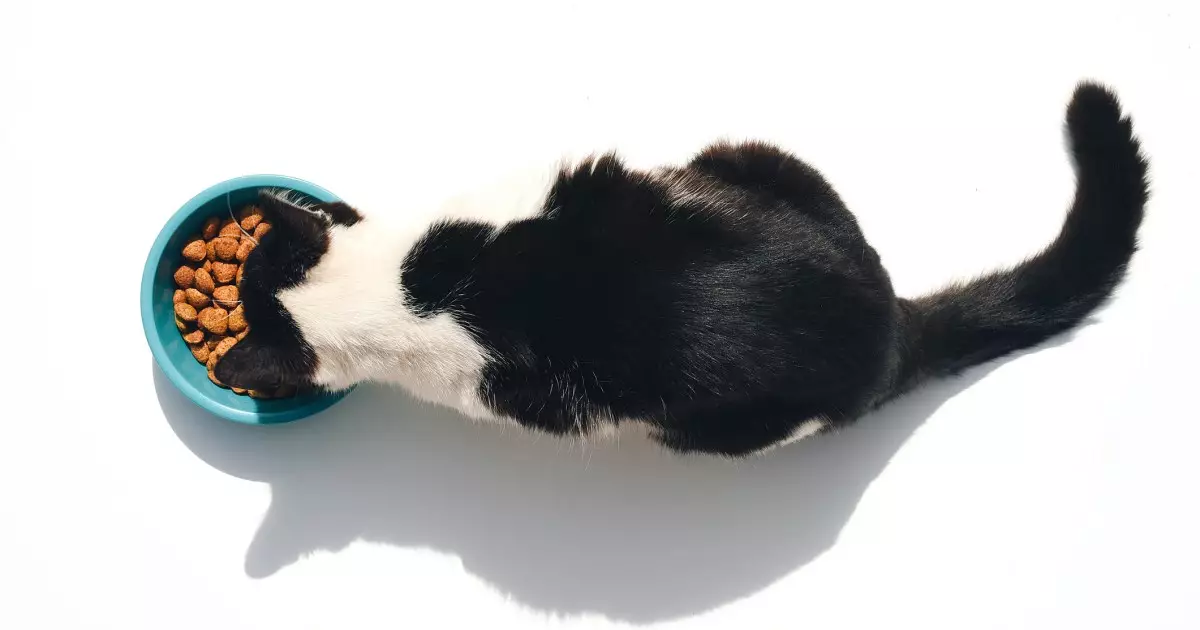As the realm of pet nutrition continuously evolves, cat owners today are greeted with an impressive variety of food options for their feline companions. Traditional choices like kibble and canned food no longer dominate the shelves; instead, a new landscape has emerged, characterized by “natural,” “organic,” and even “human-grade” offerings. This article delves into what these labels really mean and how to choose the best diet for our cats.
Cats are unique creatures, classified as obligate carnivores. This classification signifies that their diet must primarily consist of animal-based proteins in order to meet their nutritional requirements for growth and overall health. Observing the label on your cat’s food is fundamental; ideally, the first two listed ingredients should be recognizable meats like chicken, fish, or beef. If the primary ingredients are grains or unnamed meat sources, it may be wise to consider alternative products.
In the thriving market of cat food, terms such as “natural,” “organic,” and “human-grade” are often used to appeal to conscientious pet owners. However, it’s crucial to clarify what these labels truly signify. For instance, the FDA does not offer a clear definition for “natural” in the context of pet foods. Generally, it implies that the food is devoid of artificial preservatives, flavors, or colors. Similarly, the term “organic” carries little weight due to the absence of enforceable regulations governing its usage in pet food. This means that even foods labeled as organic may not necessarily consist of ingredients that have been cultivated or raised organically.
The concept of “human-grade” ingredients should also be approached with caution. The absence of a defined standard in pet food labeling means that only a handful of manufacturers can substantiate their claims. To ascertain the legitimacy of these terms, reaching out to the manufacturer directly can provide clarity. Established pet food brands usually have their contact information prominently displayed, and a reputable company should be willing to elaborate on their ingredient sourcing and definitions.
Beyond ingredient quality, it’s essential to confirm that a pet food has undergone suitable testing to assess its nutritional adequacy. Reputable brands will provide assurance indicating that their recipes have undergone AAFCO (Association of American Feed Control Officials) feeding trials. Such a statement indicates that the food has been fed to cats over an extended period, typically six months, with a satisfactory outcome in the majority of cases. This level of scrutiny instills confidence that the food can adequately meet the dietary needs of your cat.
When deciding on the type of food to provide, many cat owners grapple with the question of canned versus dry food. A balanced approach is often beneficial; integrating both forms can yield positive results. Canned food tends to be higher in moisture content, which is beneficial for hydration—a key aspect of feline health. Additionally, it typically contains more protein, which is essential for a cat’s energy and vitality. On the other hand, dry food can be more economical and convenient, with interactive feeding puzzles providing a stimulating way for cats to engage mentally and physically.
Ultimately, the most significant indicator of a cat food’s effectiveness lies in the overall health and demeanor of your cat. A happy and thriving cat will exhibit a shiny coat, bright eyes, and good dental health. Observing your pet’s behavior and physical condition can serve as invaluable feedback regarding their diet. Should you notice any shifts in their well-being, it may be time to reassess their food choices.
Navigating the complex landscape of feline nutrition can be daunting, but informed decisions can lead to healthier and happier cats. By understanding the implications of food labels, prioritizing nutritional adequacy, and observing your cat’s health, you can provide a diet that not only meets but enhances their quality of life.


Leave a Reply